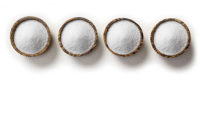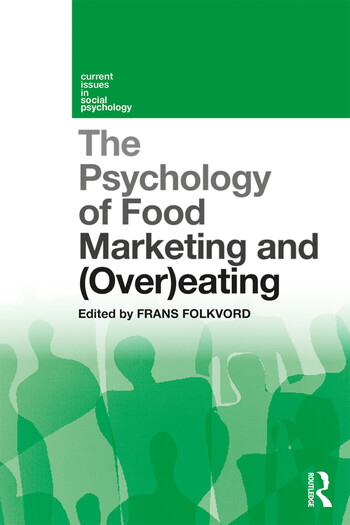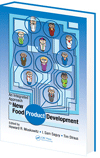The Sodium Low-down
High levels of sodium in processed foods worldwide have led to sweeping awareness of the dangers of consuming too much sodium. After successful reductions in countries such as China, Finland and the UK, the U.S. is the most recent country with talks of potential government regulation. In fact, in New York City, officials are considering proposing guidelines for manufacturers and restaurants on the amount of salt that can be served in certain foods. The Centers for Disease Control and Prevention estimate the average American consumes about 3,500mg of sodium per day, while the government warns no one should consume more than 2,300mg per day. With about 77% of the sodium consumed coming from processed foods, consumers are increasingly aware of these high levels. The Mintel report, "Attitudes Towards Sodium and High-fructose Corn Syrup--U.S.--August 2010," finds more than half (57%) of U.S. consumers state they limit their use of packaged foods, because they believe them to be high in sodium. However, many U.S. consumers, particularly those aged 55+, feel salt alternatives do not taste good. Manufacturers are faced with reducing sodium levels without compromising taste.
Information in this column is from the Global New Products Database, the premier source of global product intelligence, published by Mintel International Group; 351 W. Hubbard, 8th Floor; Chicago, IL 60610; call: 312-932-0600; fax: 312-932-0474; or e-mail atillman@mintel.com.
Looking for a reprint of this article?
From high-res PDFs to custom plaques, order your copy today!








